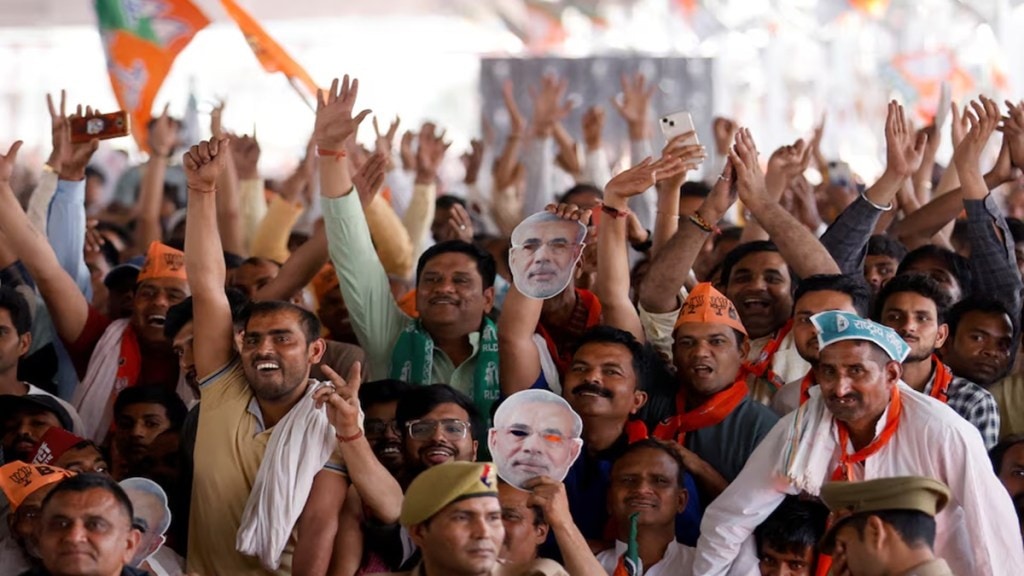India is holding the world’s biggest election starting this month, with nearly 1 billion people eligible to vote. The voting period for the 2024 Lok Sabha elections, spread over 44 days, would be the second longest after the first parliamentary elections of 1951-52, which lasted for more than four months.
The shortest voting period for a general election in the country was in 1980 and it was just four days. The total number of days of the electoral process this time, from the announcement of the polls by the Election Commission till the counting of votes, is 82, PTI reported.
Voting will take place in different parts of the country in seven phases: 19 April, 26 April, 7 May, 13 May, 20 May, 25 May and 1 June. But, why does voting take so long?
It boils down to two key reasons: First, the size of the electorate, the world’s most populous country, and the logistics needed to make sure that every registered voter is able to cast their ballot.
The counting of votes will take place on June 4 for the world’s biggest election exercise in which Prime Minister Narendra Modi will bid for a third consecutive term.
Asked about the long duration of polls, Chief Election Commissioner (CEC) Rajiv Kumar said dates are decided based on the geography of regions and other factors such as public holidays, festivals, and examinations.
India’s first general elections – longest in history
The country’s first general elections were held between October 25, 1951, and February 21, 1952, in 68 phases, the longest so far. The elections were held for 489 seats of the Lok Sabha across 401 constituencies in 25 states.
Also Read: Lok Sabha Election 2024: Phalodi Satta Bazar has a prediction that BJP hopes never comes true
During that period, the electoral process was different from the current process. Back in the 1950s, 314 constituencies elected one member using the first-past-the-post system and 86 constituencies elected two members, one from the general category and one from scheduled castes or scheduled tribes. One constituency elected three representatives, according to a PTI report.
The voting process took so long due to the challenging logistics and the elections were held in 68 phases. The majority of voting took place in early 1952, but Himachal Pradesh voted in 1951 as its weather was commonly inclement in February and March.
The remainder of the states voted in February-March of 1952, except for Jammu and Kashmir, where no voting took place for Lok Sabha seats until 1967.
Between 1962 to 1989, the duration of the Lok Sabha elections was between four to 10 days. The shortest election was held in 1980 – from January 3 to 6 – when Indira Gandhi was voted back to power.
In 2004, the four-phase Lok Sabha polls took 21 days; in 2009, there were five phases and the process was a month long. In 2014, the election was held in nine phases and took 36 days. The 2019 elections was held in seven phases and took 43 days.
(With inputs from PTI)


